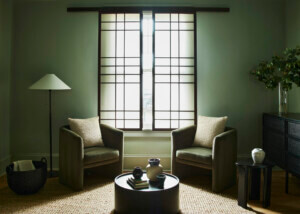Duisburg, Germany’s Museum Küppersmühle (MKM), home to one of the world’s preeminent collections of post-war German art, will celebrate its highly anticipated reopening this weekend with the unveiling of a sizable new expansion designed by Herzog & de Meuron that brings nearly 27,000 square feet of additional exhibition space to the waterfront modern art venue.
The Swiss-based firm also designed the original museum, an ambitious adaptive reuse project that entailed the transformation of a long-disused 19th-century mill grain into a world-class art center and major cultural destination along the Ruhr Industrial Heritage Trail. Operated by the Bonn-based Stiftung für Kunst und Kultur e.V. (Foundation for Art and Culture), the MKM debuted on Duisburg’s Inner Harbour in 1999 as one of several new and renovated landmarks anchoring the sprawling redevelopment of a once-derelict industrial zone master-planned by Foster + Associates. Located at the confluence of the Rhine and Ruhr rivers, the city is home to the world’s largest inland port and is Germany’s 15th-largest city.
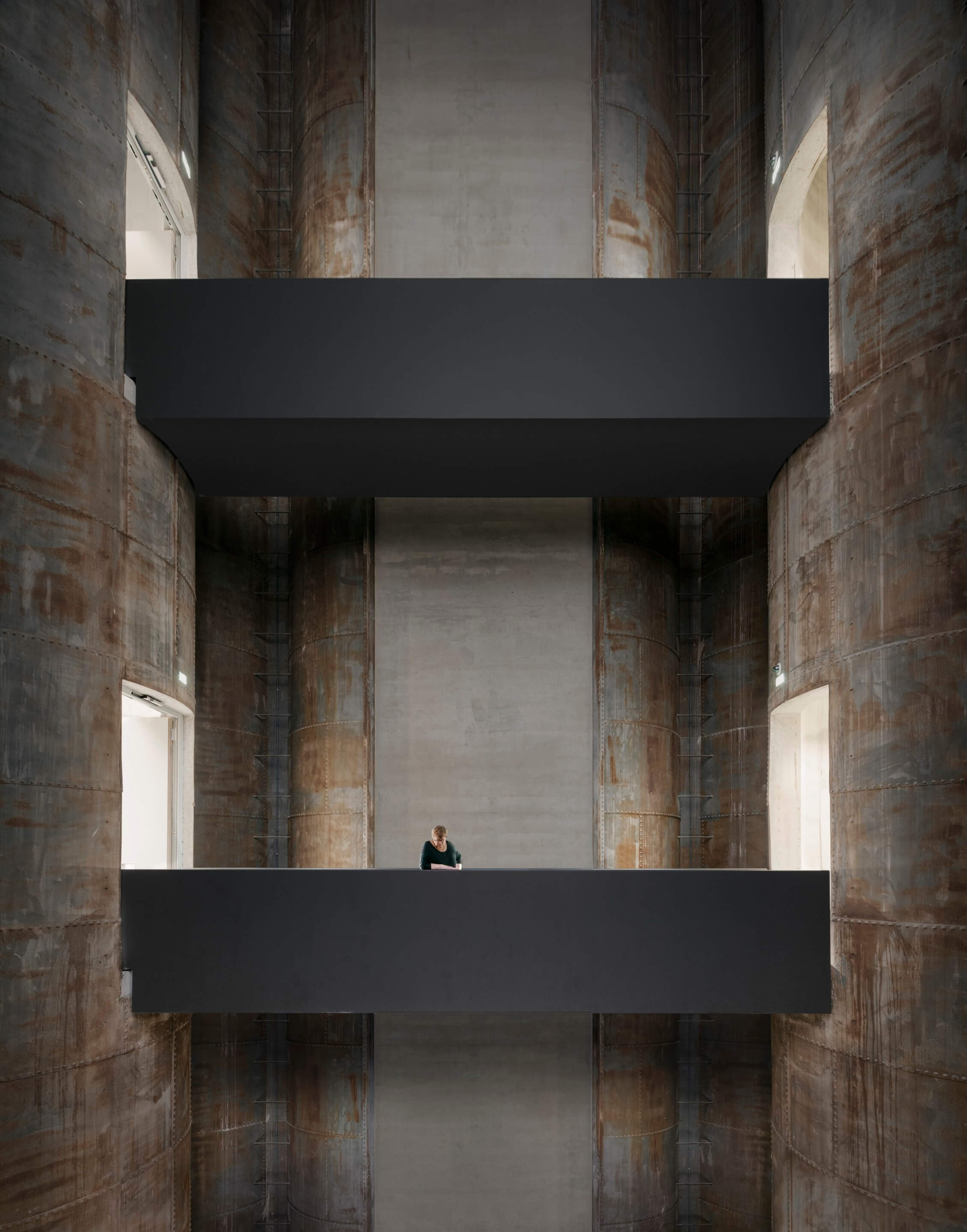
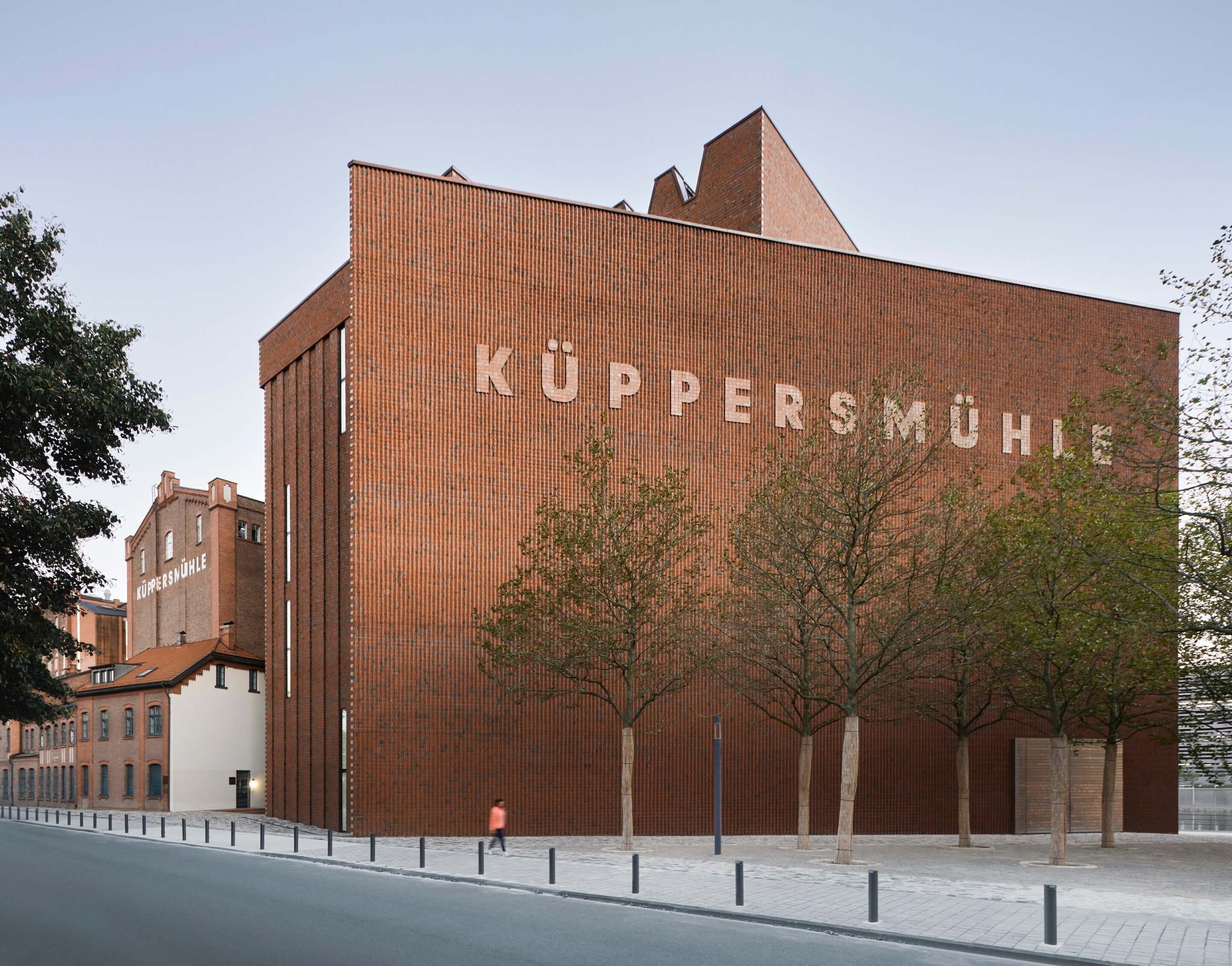
The design development phase for Herzog & de Meuron’s five-story MKM extension formally kicked off in 2015 with construction beginning in September 2016. An official groundbreaking occurred the following April with work wrapping up at the end of May of this year.
The project itself dates back even further to 2013, when collectors Sylvia and Ulrich Ströher initiated an extension project to house additional works from their Ströher Collection, which comprises over 2,000 works—predominately paintings but also sculpture and photography—by the likes of Josef Albers, Günther Förg, Imi Knoebel, Fred Thieler, Emil Schumacher, Gerhard Richter, Georg Baselitz, Anselm Kiefer, Sigmar Polke, Erwin Bechtold, Adolf Fleischmann, Wols, and many others. In total, the MKM now displays roughly 300 pieces from the vast collection.

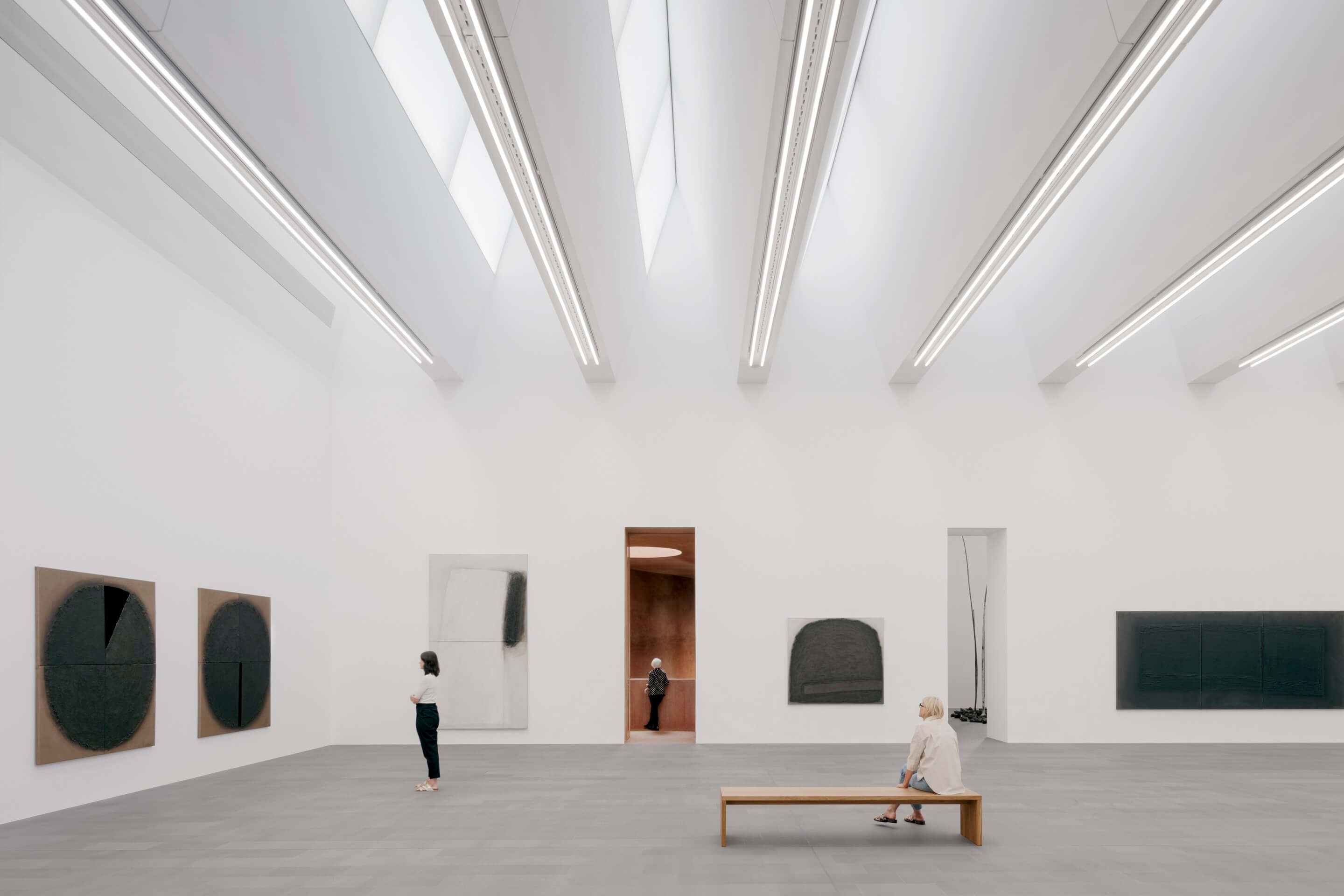
The Ströher family was intimately involved with the design of the extension, which consists of three boxy red brick structures of varying heights that terminate on the far end of the museum site with a new waterfront urban green space populated by 35 sycamore trees.
As part of the expansion, the historic steel grain silos, now flanked by the original three-story museum building and its extension on both sides, were refurbished with bridges installed on the first and second upper levels to fuse together the new and existing galleries. “Both in respect of their exterior appearance and their original material, the silos themselves have been preserved as an industrial monument,” elaborated the MKM in a press statement. Providing guests with sweeping views of the city’s waterfront and the entire Ruhr region beyond is a viewing platform located on the silos that will be open seasonally, weather permitting.
Built in 1865 by industrialist Wilhelm Vedder, the old Küppersmühle building was subject to several alterations and upgrades over the late-19th and early-2oth centuries, including the addition of the steel silos in the 1930s. However, it always operated as a grain mill up until 1972 when it was finally shuttered.
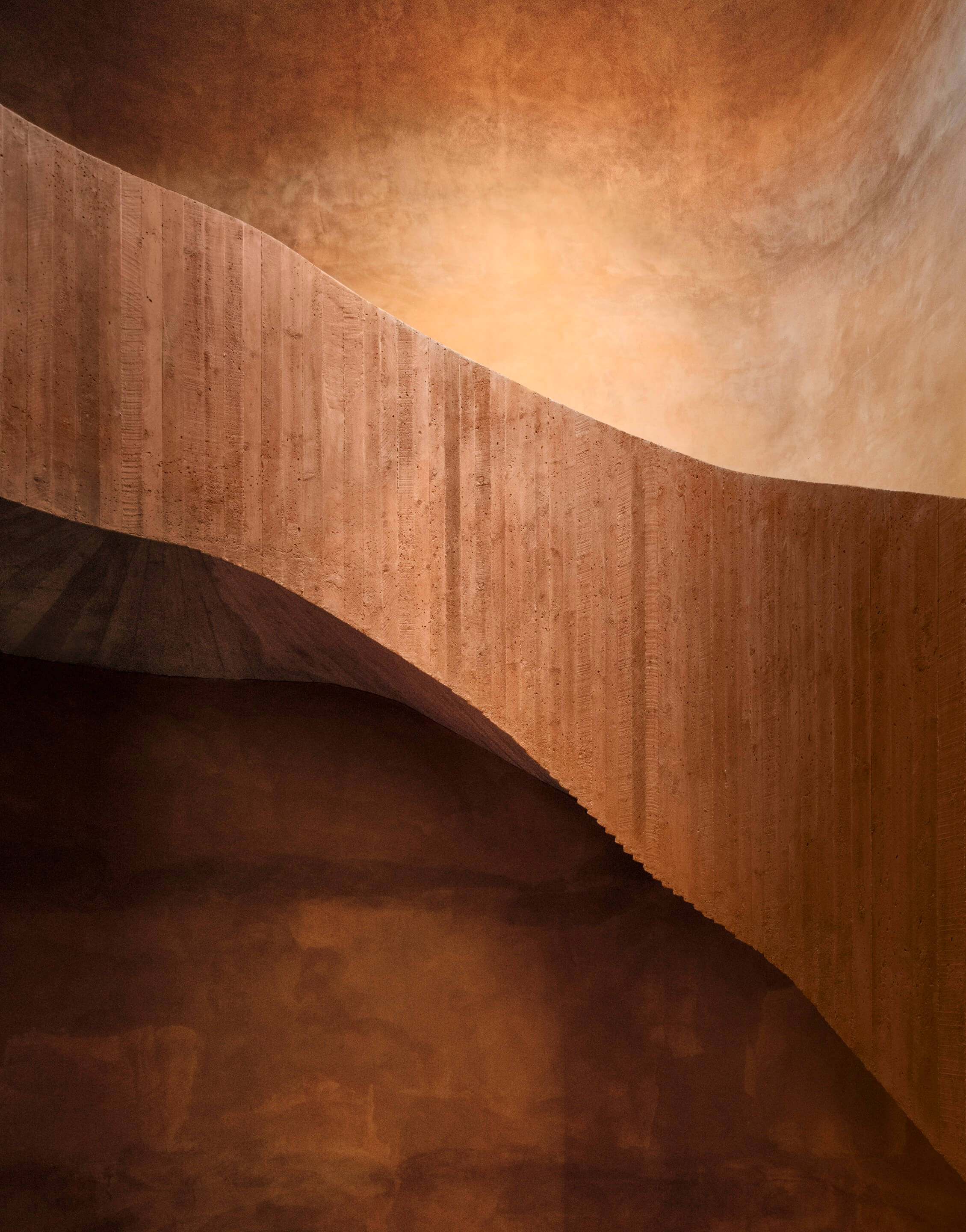
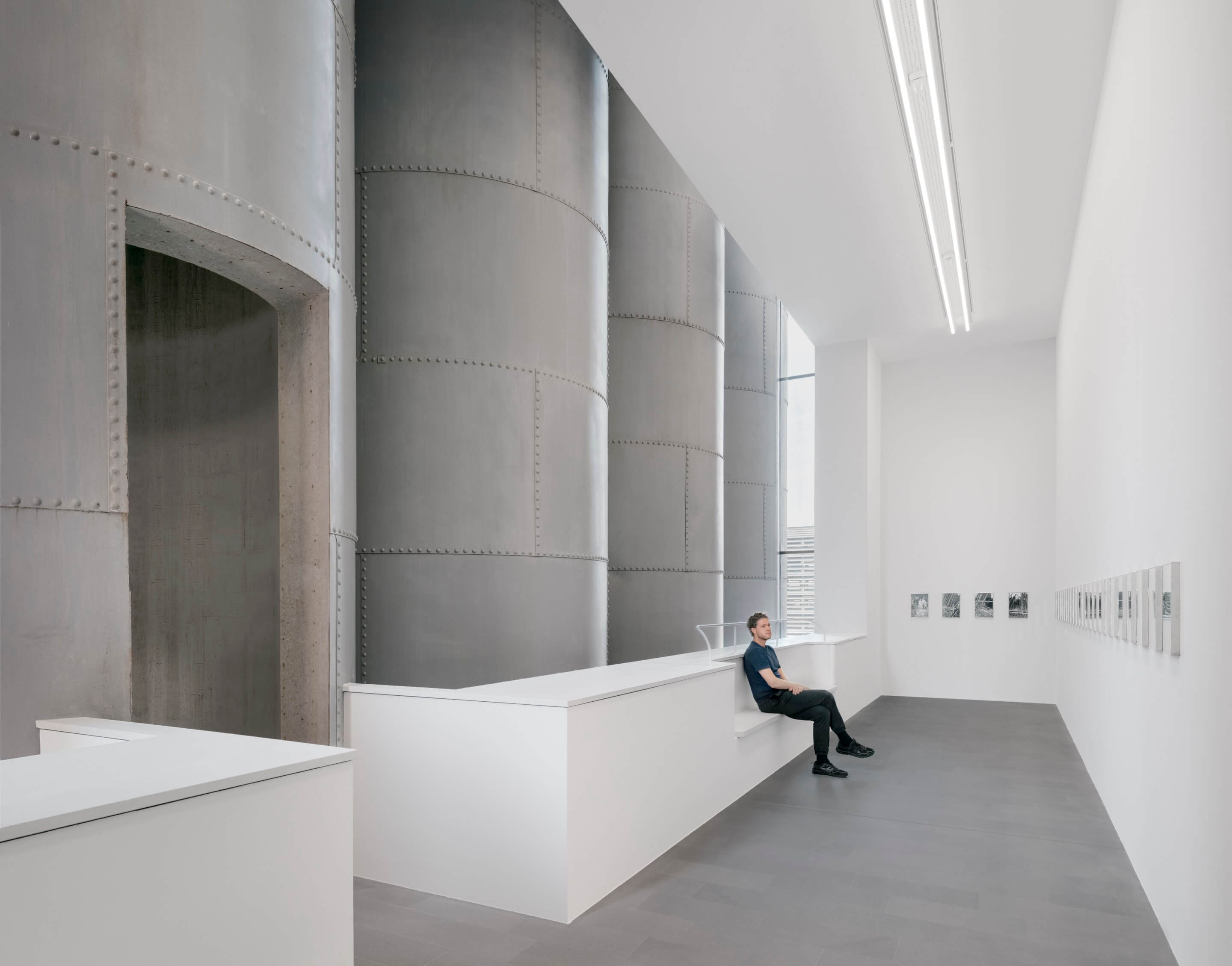
“The resulting project constitutes a radical new start,” wrote Herzog & de Meuron in its project narrative for the MKM extension. “The original idea of an illuminated cube balanced on the silo towers and visible from afar has been jettisoned. Instead, we propose to erect a building whose dimensions and materials accord with the sequence of historic brick structures lining the dockside. The new structure thus completes the existing museum complex in a visually appropriate way and forms a suitable conclusion to the row of buildings along the dock. At first glance it might seem as though the new building had always been there.”
While the exterior of the tripartite new museum building blends harmoniously into its historic Inner Harbour environs, the interior has yielded a total of 36 new “brightly-lit and clearly structured” exhibition rooms for presenting works from the Ströher Collection. Galleries in the original museum building have also been reorganized and rehung as part of the expansion project. The MKM’s total exhibition space now spans over 65,000 square feet.
“The new exhibition areas echo the overall additive character of the Küppersmühle as a typical industrial facility of the nineteenth and twentieth centuries,” explained Herzog & de Meuron. “In their architecture and interior design, the galleries echo the existing exhibition spaces.”
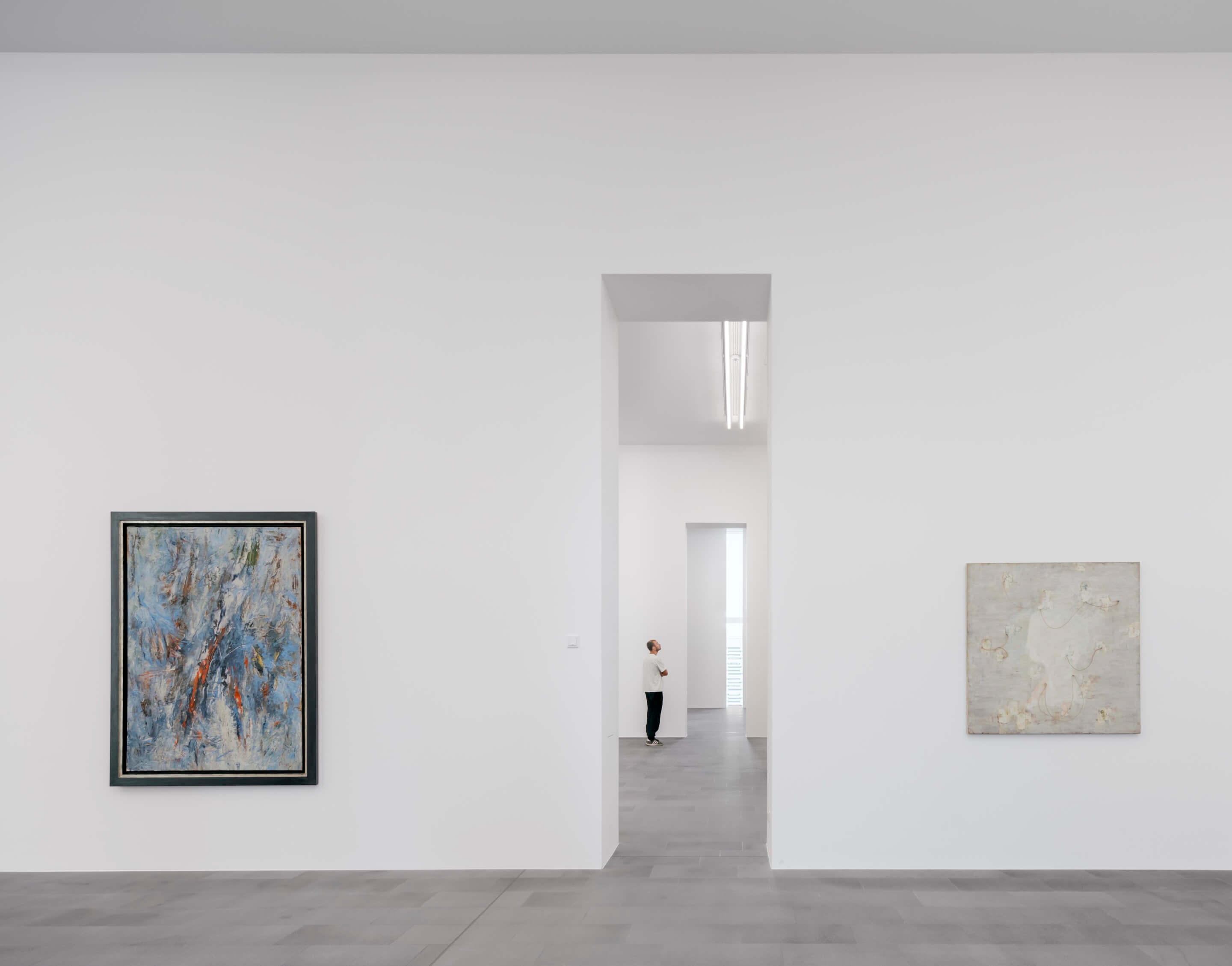
In addition to highlights from the core collection, current exhibitions include a showing of photographs by Andreas Gursky that runs through the end of January 2022.
“ […] the principal objective of the collectors, namely to present “their” artists with selections of works from across the different creative phases of their careers is a godsend for the museum,” said MKM director Walter Smerling in a statement. “For now visitors can experience German art history first-hand, compare the teacher and student generations, and trace the artistic development of famous individual artists. The extension, and the new opening, which will see the collection presented on this scale for the first time, represents a priceless asset for the artistic landscape of the Federal Republic of Germany.”









